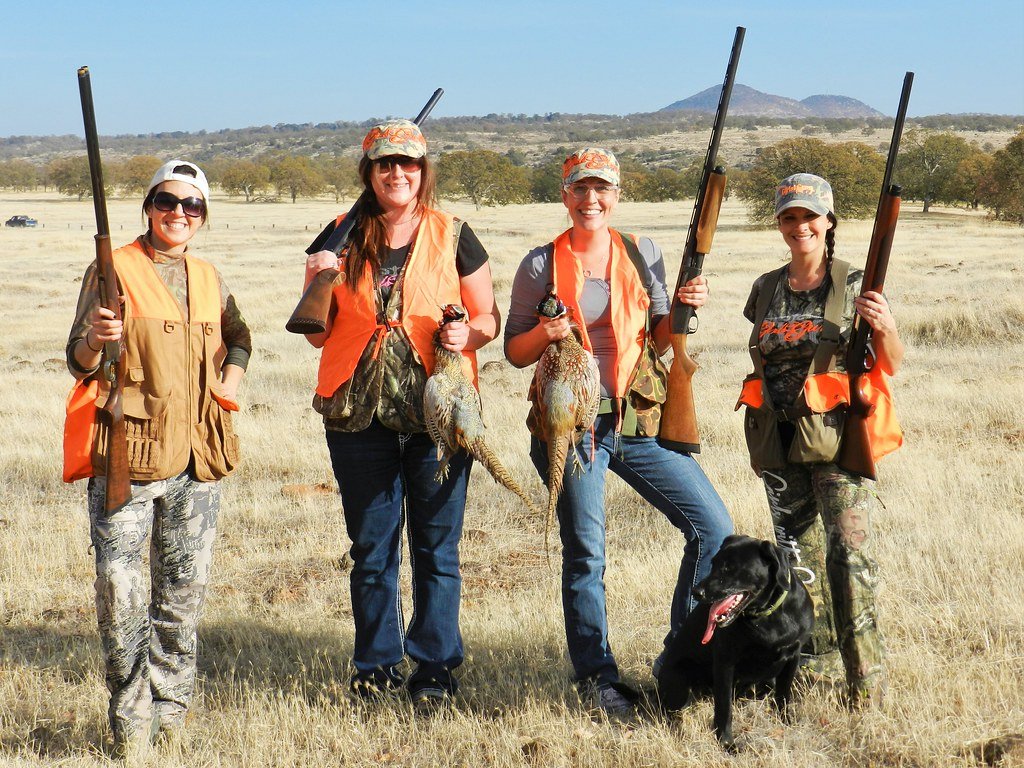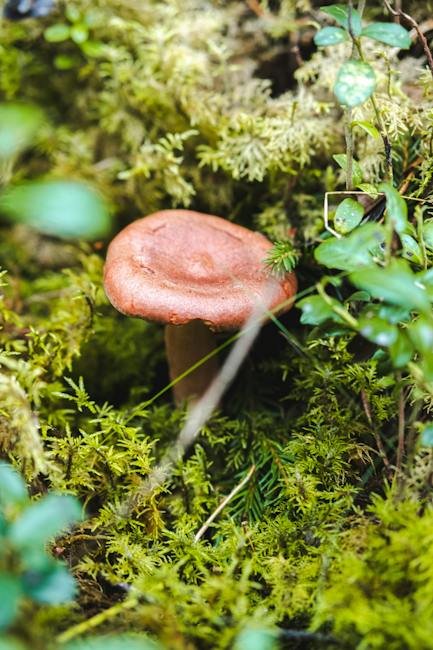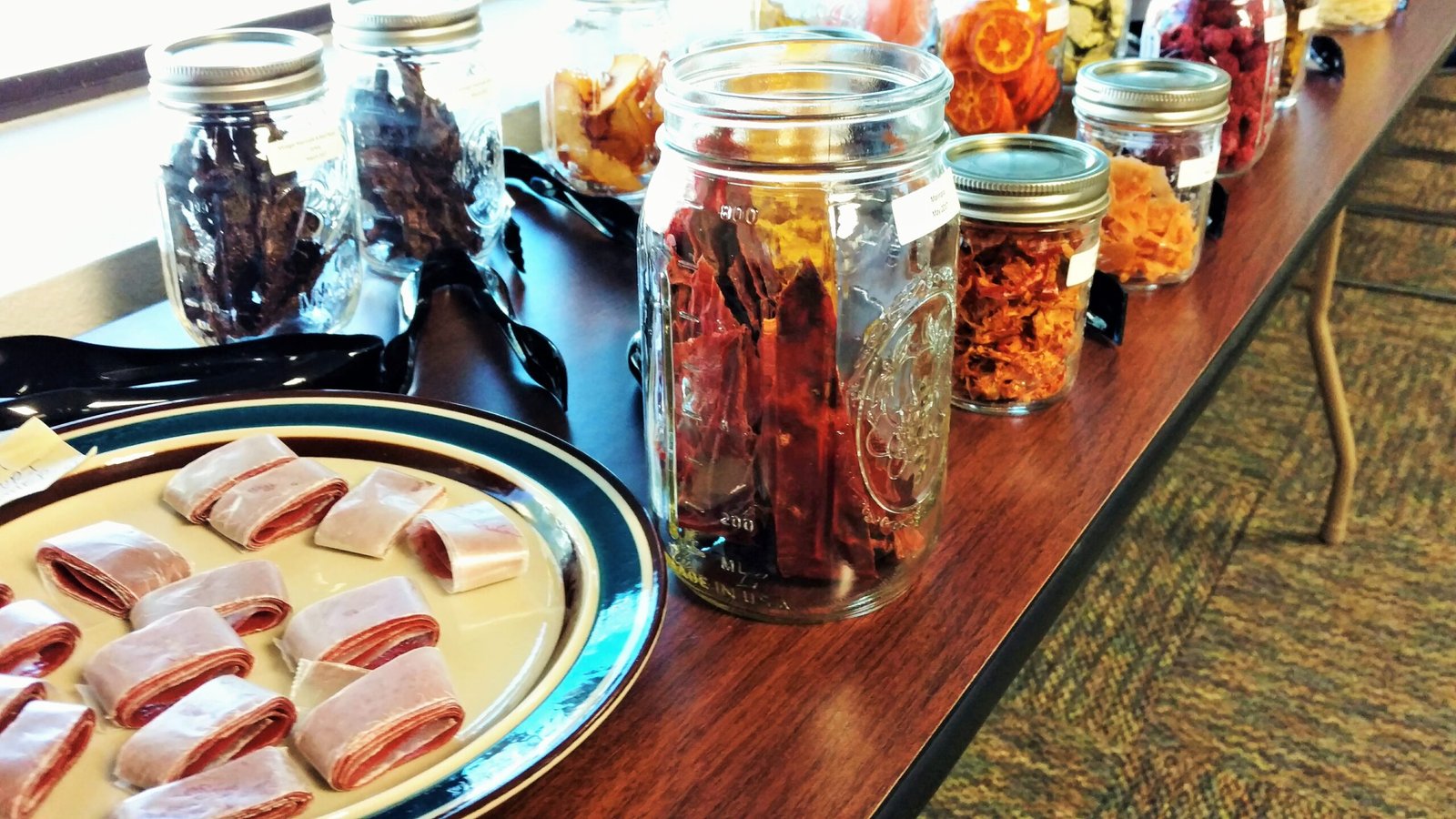Now Reading: How to Preserve Meat in the Wild
-
01
How to Preserve Meat in the Wild
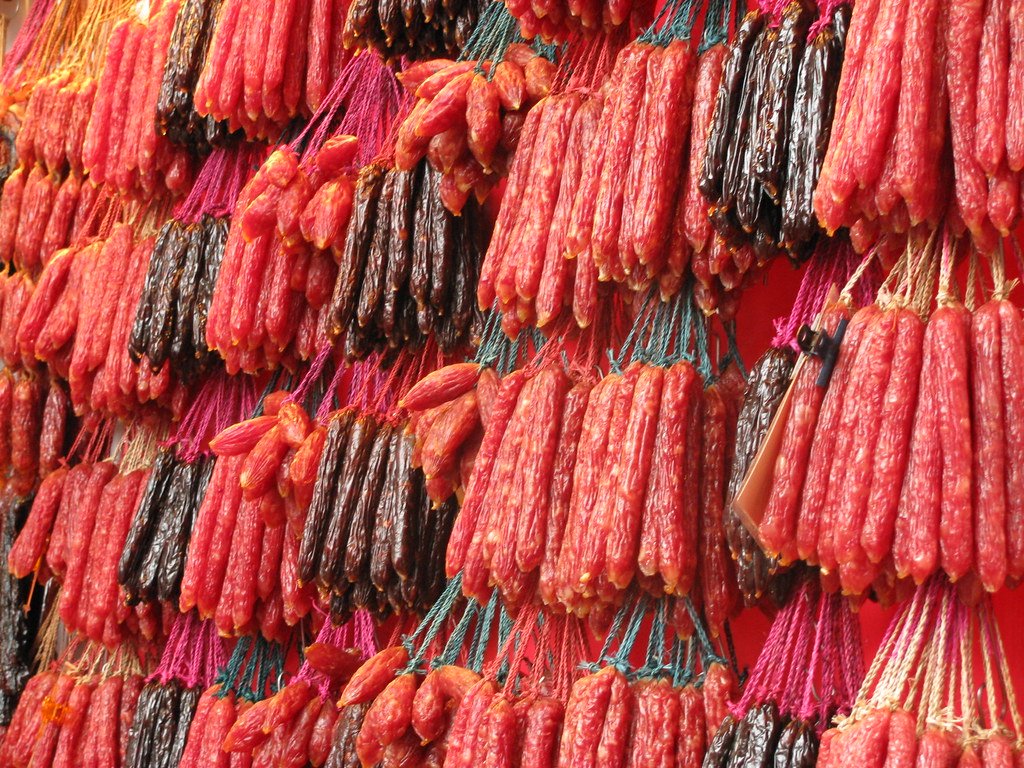
How to Preserve Meat in the Wild
Surrounded by towering trees, the air thick with a medley of earthy scents, you find yourself engulfed in the untamed wilderness. Your survival instincts awaken as you navigate through this unforgiving terrain, fully aware that sustenance is a luxury difficult to come by. While building a shelter and foraging for edible plants are vital skills, there is an age-old art that guarantees sustenance even in the harshest of conditions: preserving meat. In the heart of the wild, where the conveniences of modern life dissolve into distant memories, mastering this crucial technique becomes not just a survival essential, but a culinary triumph that whispers of ancient traditions. So, let us embark on a journey together, delving into the secrets of preserving meat in the wild, where every bite becomes a testament to resilience and resourcefulness.
Table of Contents
- Preserving Meat: A Vital Skill for Survival in the Wild
- Understanding the Science Behind Meat Preservation
- Key Techniques for Preserving Meat in the Wild
- Exploring Natural Preservation Methods using Salt
- Important Considerations for Storing Preserved Meat Safely
- Q&A
- In Conclusion
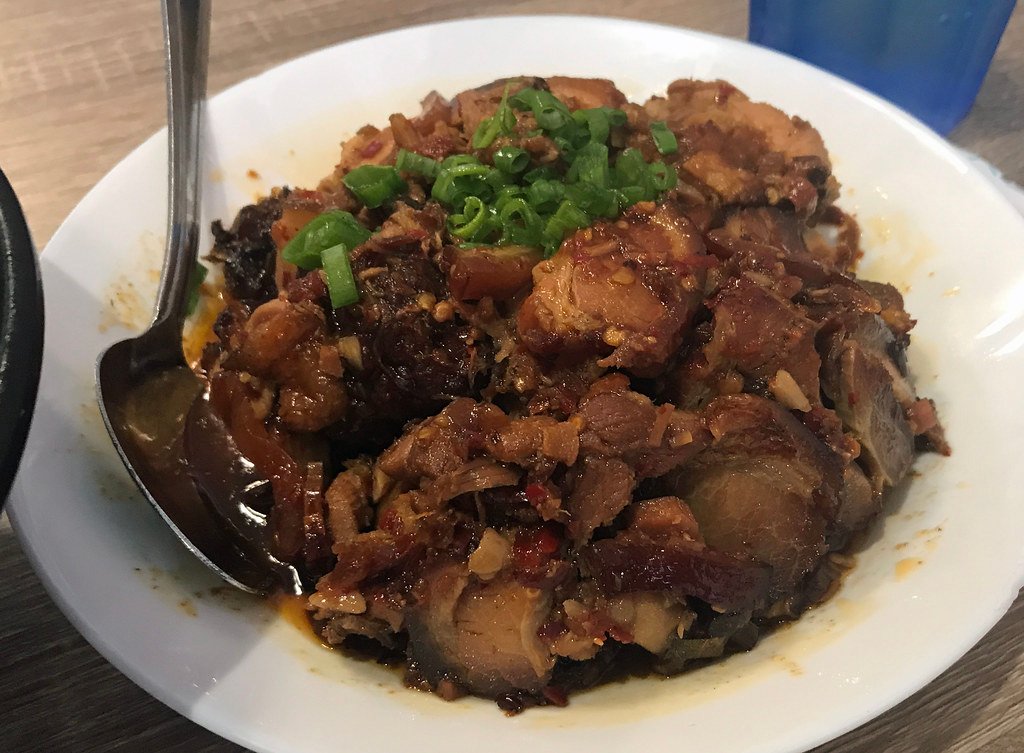
Preserving Meat: A Vital Skill for Survival in the Wild
In the wild, knowing how to preserve meat is a vital skill for survival. Without refrigeration or immediate access to fresh food, it becomes crucial to store meat properly to ensure its consumption in the long run. Here are some techniques and tips to help you preserve meat effectively:
- Drying: One of the oldest and simplest methods, drying meat removes moisture and prevents the growth of bacteria. Cut the meat into thin strips and hang them in a well-ventilated area, protected from pests. Sun drying or using a dehydrator can also speed up the process.
- Smoking: Smoking meat not only adds flavor but also acts as a preservation method. The smoke from the fire helps to create a protective layer over the meat, inhibiting bacterial growth. Hot smoking involves cooking the meat at the same time, while cold smoking is done at lower temperatures to focus on preservation rather than cooking.
- Curing: Curing involves using salt and other preservatives to draw out moisture and prevent spoilage. It can be done through dry curing, where the meat is coated in a mixture of salt, sugar, and spices and left to rest, or through brine curing, where the meat is submerged in a saltwater solution for an extended period. Both methods require patience and careful monitoring.
By mastering these techniques, you can ensure a sustainable source of food even in the most challenging wilderness situations. Remember to adapt and learn from local traditions and indigenous knowledge, as they often hold valuable insights into successful meat preservation methods.

Understanding the Science Behind Meat Preservation
When it comes to meat preservation, there’s an fascinating world of science at play. Understanding the intricate processes that occur during preservation helps us appreciate the art and science behind keeping our meat fresh and safe to consume for longer periods of time.
One of the key factors in meat preservation is controlling the growth of microorganisms. These tiny living organisms can multiply rapidly under certain conditions, spoiling the meat and posing health risks. Preservation techniques aim to inhibit their growth by altering environmental factors such as temperature, pH levels, and moisture content. This can be achieved through various methods:
- Refrigeration: One of the most common methods, refrigeration slows down bacterial growth by reducing the temperature. The optimal temperature for refrigerating meat is between 32°F and 39°F (0°C and 4°C).
- Freezing: Freezing dramatically slows down microbial activity by lowering the temperature below freezing point (0°F or -18°C). This method effectively preserves meat for extended periods, but careful thawing and safe storage conditions are crucial to maintain quality.
- Curing: Curing involves the addition of salts, sugars, and other preservatives to meat. This technique is commonly used to preserve processed meats such as ham, bacon, and sausages. The salt and sugar inhibit bacterial growth and help enhance the flavor.
The science of meat preservation is not limited to these methods alone. Modern techniques like vacuum packaging, irradiation, and the use of preservatives also contribute to extending meat shelf life. By , we gain a deeper insight into the importance of food safety and the mastery of preserving this vital source of nutrition.
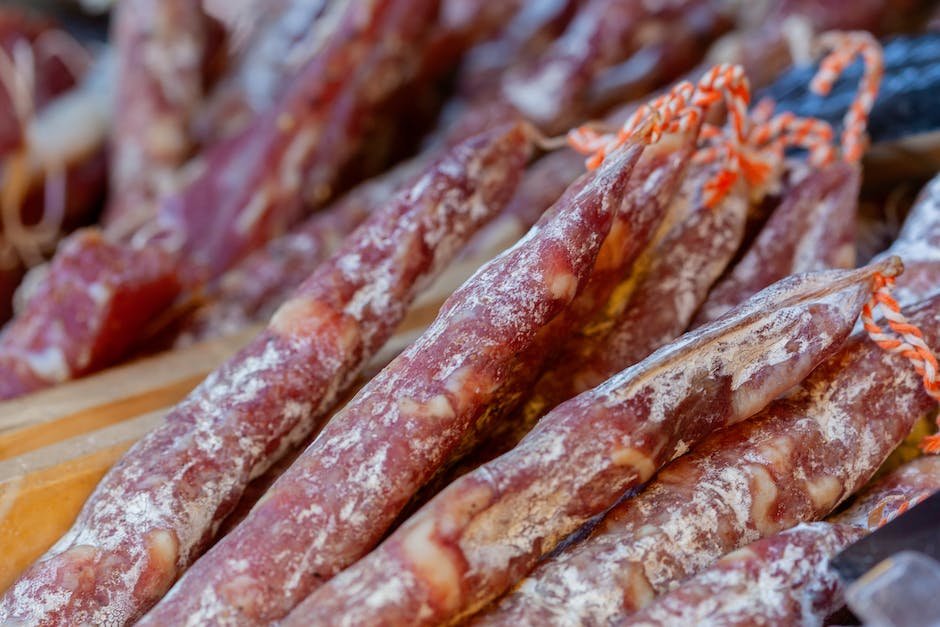
Key Techniques for Preserving Meat in the Wild
Exploring the great outdoors often means being self-sufficient and finding ways to sustain oneself. One crucial aspect of survival is knowing how to preserve meat in the wild. Here are some essential techniques that can help you make the most of your catch:
- Smoking: Smoking meat not only imparts delicious flavors but also extends its shelf life. Create a smokehouse by suspending the meat over a low flame with hardwood chips. The smoke acts as a natural preservative, inhibiting the growth of bacteria and mold. Plus, the smoky flavor adds a delightful touch to your meals.
- Curing: Curing meat is another effective method to ensure its long-lasting preservation. This technique involves treating the meat with salt, sugar, and various spices. By drawing out moisture and inhibiting bacterial growth, curing significantly extends the meat’s shelf life. Be sure to store the cured meat in a cool, dry place to maintain its quality.
- Drying: Known as one of the oldest preservation methods, drying meat can easily be done in the wild. Thinly slice the meat and hang it in a well-ventilated area, away from direct sunlight. The air slowly dehydrates the meat, reducing its water content and inhibiting the growth of bacteria. Dried meat, or jerky, is lightweight, portable, and packed with protein, making it an ideal survival snack.
Remember, mastering these techniques requires practice and careful attention to hygiene. Always prioritize food safety, and if unsure about the quality of the meat, it’s better to err on the side of caution and discard it. By mastering these preservation techniques, you can enjoy the fruits of your hunting or fishing expeditions for days to come, even in the wild!

Exploring Natural Preservation Methods using Salt
When it comes to preserving food, we often turn to chemicals and artificial methods without realizing that nature itself provides us with an abundance of resources. One such natural preservation method that has stood the test of time is using salt. Its remarkable properties make it an excellent choice for preserving food, enhancing flavors, and extending shelf life.
The beauty of salt:
- Antimicrobial properties: Salt creates a hostile environment for harmful bacteria by drawing water out of their cells through osmosis. This inhibits their growth and extends the lifespan of preserved food.
- Flavor enhancement: Not only does salt help preserve food, but it also adds depth and richness to its flavor profile. The unique ability of salt to enhance taste makes it a versatile ingredient in various cuisines around the world.
- Texture improvement: By dehydrating food, salt helps maintain its structure and texture, ensuring that it stays crisp and delicious for a longer period of time.
Methods of natural preservation:
- Brining: Submerging food items such as meats or vegetables in a saltwater solution helps infuse them with salt and retain moisture. This technique not only enhances flavor but also extends the shelf life of the preserved food.
- Dry curing: Coating food items in salt or creating a salt crust acts as a barrier, preventing bacteria from growing and spoiling the food. Dry curing is commonly used for preserving fish or meat.
- Fermentation: Salt plays a crucial role in the fermentation process by creating a favorable environment for beneficial bacteria to thrive while inhibiting the growth of harmful microorganisms. This method is commonly used for preserving vegetables, such as sauerkraut or kimchi.
In a world where chemical additives are prevalent, natural preservation methods using salt open up a whole new realm of possibilities. So, why not rediscover the wisdom of our ancestors and explore the remarkable preservation techniques offered by this humble mineral?
Important Considerations for Storing Preserved Meat Safely
When it comes to preserving meat, ensuring its quality and safety during storage is paramount. Here are some important considerations to keep in mind:
- Temperature: Proper temperature control is crucial for keeping preserved meat safe. It is recommended to store meat at temperatures below 40°F (4°C) to slow down bacterial growth and prevent spoilage. Consider using a dedicated, well-maintained refrigerator or freezer to maintain consistent temperatures.
- Quality Packaging: Choosing the right packaging materials is essential to maintain the quality and longevity of preserved meat. Use airtight, moisture-resistant packaging such as vacuum-sealed bags or canning jars to prevent oxidation and moisture absorption, which can compromise the taste and texture of the meat.
- Storage Duration: While preserving meat extends its shelf life, it is important to note that it is not infinite. Different preservation methods have varying storage durations, so it’s crucial to follow specific guidelines. For example, dried or cured meats can often be stored for several months, while canned or jarred meats may last even longer.
- Routinely Check and Rotate: Regularly monitoring the condition of preserved meat is crucial. Check for any signs of spoilage, such as unusual odor, texture, or color changes. To ensure freshness, rotate your preserved meat stock, using the “first in, first out” method to consume older items before newer ones.
- Proper Thawing: When it’s time to use preserved meat, it is essential to thaw it properly to maintain its quality and safety. The best approach is to thaw meat in the refrigerator, allowing a slow and controlled thawing process. Avoid thawing at room temperature, as it can promote bacterial growth.
By considering these important factors, you can ensure that your preserved meat remains safe and enjoyable for consumption, providing you with a convenient and flavorsome option whenever you desire.
Q&A
Q: What are some traditional methods for preserving meat in the wild?
A: There are several tried-and-true methods for preserving meat in the wild, such as smoking, drying, and salting. These techniques have been used for centuries and can help to extend the shelf life of meat without refrigeration.
Q: How does smoking meat help in preserving it?
A: Smoking meat not only imparts a delicious flavor but also aids in preserving it. The smoke acts as a natural preservative by inhibiting the growth of bacteria and other microorganisms, while the low heat slowly dries out the meat, further preventing spoilage.
Q: Can you explain the process of drying meat as a preservation method?
A: Drying meat involves removing the moisture from it, making it less prone to spoilage. To dry meat in the wild, one can hang thin strips of meat in a well-ventilated area, preferably in the sun or near a fire, until it becomes hard and dry.
Q: Is salting an effective way to preserve meat in the wild?
A: Yes, salting is an effective method for preserving meat in the wild. Coating the meat with a generous amount of salt draws out the moisture and creates an inhospitable environment for bacteria. Salting can be combined with other methods such as smoking or drying for better results.
Q: Are there any natural ingredients that can be used to preserve meat in the wild?
A: Yes, certain natural ingredients can help preserve meat in the wild. For instance, herbs and spices like black pepper, coriander, and thyme possess antimicrobial properties that can inhibit bacterial growth and delay spoilage when used to season or rub the meat.
Q: Is it safe to consume preserved meat in the wild without refrigeration?
A: While preserving meat in the wild can extend its shelf life, it is crucial to exercise caution. Regardless of the preservation method used, always ensure the meat is properly cooked before consumption to kill any potential bacteria or parasites. When in doubt, it is better to err on the side of caution.
In Conclusion
And there you have it, the secrets to preserving meat in the wild unveiled! With these tried and tested techniques, you can ensure that your valuable protein source remains fresh and delicious, even in the most challenging of wilderness environments.
As you venture out into the great unknown, armed with knowledge and a few handy tools, remember to always prioritize safety and hygiene. Proper meat preservation not only nourishes your body, but it also safeguards you against potential risks associated with spoiled food.
Whether you decide to smoke, dry, or pickle your meat, the key lies in adapting to nature’s elements while relying on ancient methods that have withstood the test of time. Be it the delicate art of curing or the craft of creating a primitive cold-storage unit, each approach adds a touch of adventure and self-sufficiency to your wild culinary repertoire.
As you savor your preserved meat under the starry night sky, take a moment to appreciate the connection between your primal instincts and the age-old techniques you’ve learned. Feel the echoes of our ancestors who roamed these lands, often relying on similar methods to sustain themselves.
It is in mastering these skills that we tap into a profound sense of self-reliance, fostering resilience and adaptation to the untamed world around us. So go forth, fellow adventurers, and revel in the knowledge that you possess the ability to preserve meat and conquer the wilderness, one succulent bite at a time.
Remember, the wild is a vast and ever-changing canvas, waiting for you to explore and discover its bounties. Now that you are armed with the essentials of meat preservation, an exciting culinary journey awaits. Bon appétit!
As an affiliate, my content may feature links to products I personally use and recommend. By taking action, like subscribing or making a purchase, you’ll be supporting my work and fueling my taco cravings at the same time. Win-win, right?
Want to read more? Check out our Affiliate Disclosure page.

